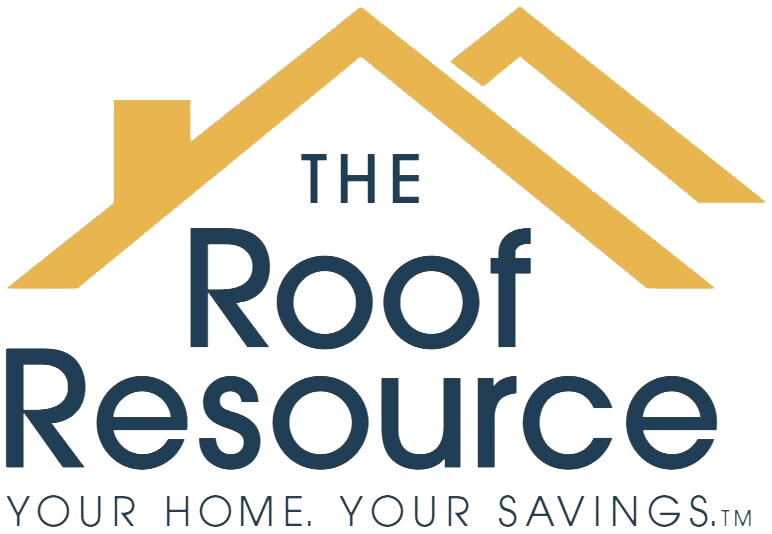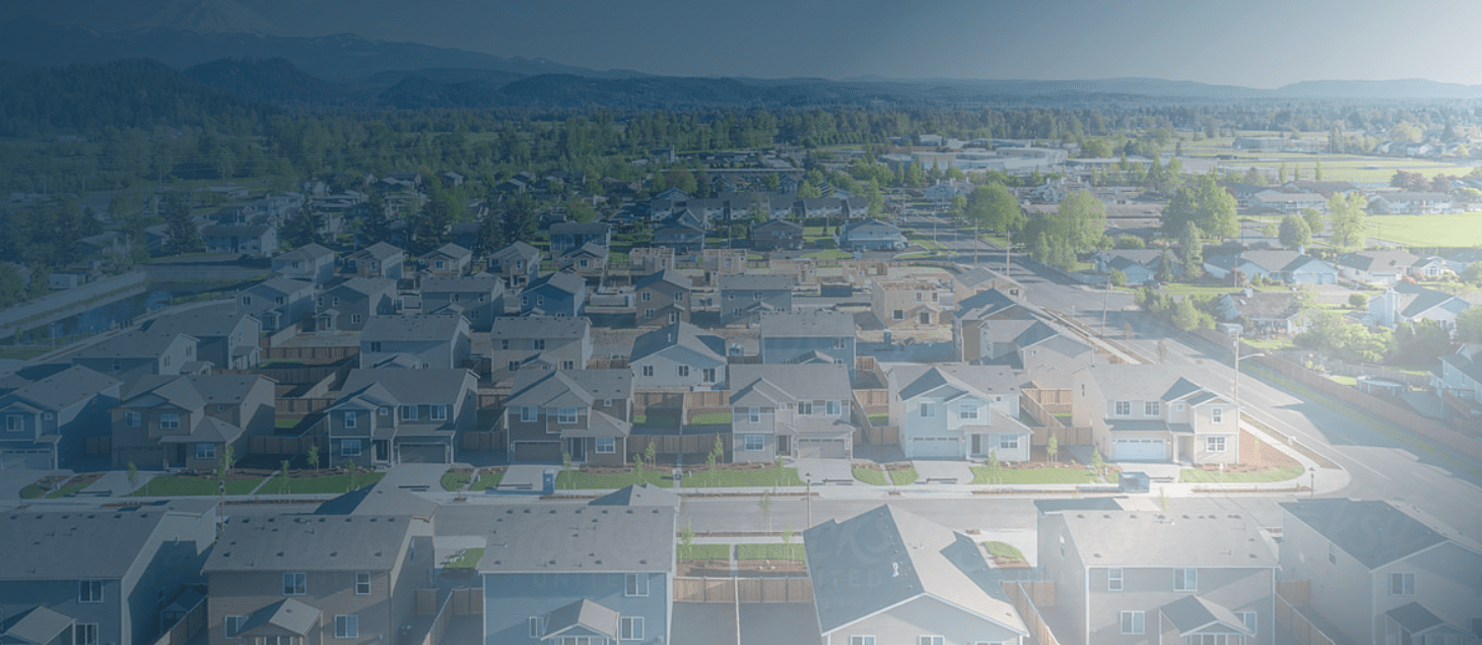How Long Do Roofs Last in Hazel Park, MI
Protect your home with expert roofing maintenance. Free estimates available.
As a homeowner in Hazel Park, MI, you understand the importance of maintaining your property. Your roof is one of the most critical components of your home, providing protection from the elements and maintaining the structural integrity of your house. However, like all aspects of your home, your roof is subject to wear and tear over time. Understanding the lifespan of your roof and when to consider a replacement is essential for the well-being of your home.
The longevity of a roof is influenced by various factors, such as the material used, the climate of the area, the quality of installation, and the level of maintenance. Each roofing material has its own lifespan, and being aware of these timelines can help you plan and budget for future replacements. In this comprehensive guide, we will delve into the details of how long different types of roofs typically last, the signs that indicate the need for a replacement, and the importance of timely roof maintenance. This article aims to provide you with the knowledge needed to make informed decisions regarding your roof, ensuring the safety and longevity of your home.
Factors Affecting Roof Lifespan
The lifespan of a roof is affected by several key factors. Understanding these factors can help homeowners assess the condition of their roof and make informed decisions about potential replacements. The following are essential considerations when evaluating the longevity of a roof:
Material: The type of roofing material used significantly impacts the lifespan of a roof. Common roofing materials such as asphalt shingles, metal, wood shakes, and clay tiles each have their own typical lifespan.
Climate: The climate of an area can heavily influence the durability of roofing materials. In Hazel Park, MI, where the winters can be harsh and the summers humid, the roof may experience more significant wear and tear compared to milder climates.
Installation Quality: Proper installation is crucial for the longevity of a roof. A well-installed roof is more likely to withstand the elements and last longer.
Maintenance: Regular maintenance, including inspections and repairs, can extend the lifespan of a roof. Neglecting maintenance can lead to premature deterioration and the need for a replacement much sooner than expected.
Average Lifespan of Different Roofing Materials
The average lifespan of roofing materials can vary significantly. It’s important for homeowners to be aware of the typical lifespan of the material used on their roof in order to plan ahead and anticipate replacements. The following are the average lifespans of common roofing materials:
Asphalt Shingles: Asphalt shingles, the most widely used roofing material in the United States, typically last between 15 to 30 years. The longevity depends on factors such as the quality of the shingles and the climate they are exposed to.
Metal: Metal roofs are known for their durability and can last between 40 to 70 years. They are highly resistant to harsh weather conditions, making them a popular choice for many homeowners.
Wood Shakes: Wood shake roofs have a lifespan of around 20 to 40 years. However, their longevity heavily depends on proper maintenance and regular treatments to protect against moisture and rot.
Clay Tiles: Clay tile roofs are incredibly durable and can last for 50 years or more with proper maintenance. They are well-suited for warmer climates and can withstand the elements well.
Signs That Your Roof Needs Replacement
Recognizing the signs that indicate the need for a roof replacement is crucial for maintaining the integrity of your home. Some common indicators that your roof may need replacing include:
Age: If your roof has surpassed its expected lifespan, it’s important to start planning for a replacement, even if there are no visible issues. An aging roof is more susceptible to damage and leaks.
Leakage: Water stains on the ceiling or walls, or evidence of water in the attic, are clear signs that the roof is no longer effectively keeping out moisture.
Damaged Shingles: Curling, cracked, or missing shingles are indicators of a deteriorating roof. Damaged shingles can compromise the roof’s ability to protect your home from the elements.
Sagging: A sagging roof indicates structural issues that need immediate attention. It can be caused by water damage, aging materials, or inadequate support.
Timely Roof Maintenance
Regular maintenance is key to extending the lifespan of your roof and preventing the need for premature replacement. By staying proactive with maintenance, you can address issues before they escalate and ensure that your roof continues to protect your home effectively. Some essential maintenance tasks for homeowners to consider include:
Regular Inspections: Schedule annual inspections with a professional roofing contractor to assess the condition of your roof and identify any potential issues.
Repairs: Address any minor issues promptly, such as damaged shingles or small leaks, to prevent them from turning into more significant problems.
Gutter Maintenance: Keep your gutters clean and free of debris to prevent water from backing up and causing damage to your roof.
Pruning Trees: Trim back overhanging branches to prevent them from rubbing against the roof and causing abrasion or damage to the shingles.
End thoughts
The lifespan of a roof is influenced by various factors, including the material, climate, installation quality, and maintenance. Understanding the typical lifespan of different roofing materials, as well as the signs that indicate the need for a replacement, is essential for homeowners. Regular maintenance, timely repairs, and proactive care can significantly extend the lifespan of a roof, ensuring the long-term protection of your home. By staying informed and attentive to the condition of your roof, you can make well-informed decisions to safeguard your investment and the safety of your family.


